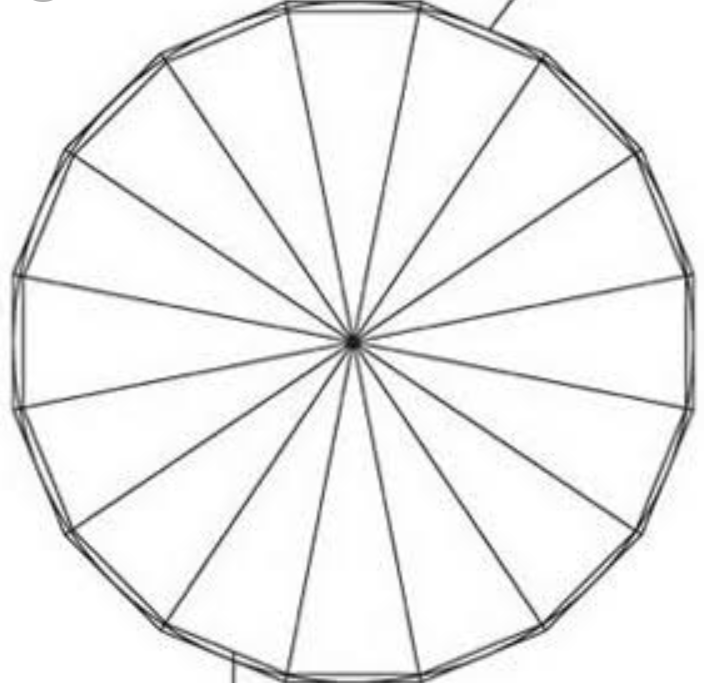Commons Vertices
 Two regular polygons are inscribed in the same circle. The first polygon has 1982 sides and the second has 2973 sides. If the polgyons have any common vertices, how many such vertices will be there?
Two regular polygons are inscribed in the same circle. The first polygon has 1982 sides and the second has 2973 sides. If the polgyons have any common vertices, how many such vertices will be there?
Image credit: Google
The answer is 991.
This section requires Javascript.
You are seeing this because something didn't load right. We suggest you, (a) try
refreshing the page, (b) enabling javascript if it is disabled on your browser and,
finally, (c)
loading the
non-javascript version of this page
. We're sorry about the hassle.
2 solutions
The central angle between adjacent vertices on the first polygon is 1 9 8 2 2 π . The central angle between adjacent vertices on the second polygon is 2 9 7 3 2 π .
Therefore, the central angle between common vertices on the two polygons is 1 9 8 2 2 π n = 2 9 7 3 2 π m for two positive integers n , m . Solving this gives the ratio m : n = 3 : 2 , so by setting m = 3 k or n = 2 k for some positive integer k , we have that the angle between common vertices is 1 9 8 2 2 π ( 2 k ) = 9 9 1 2 π k which, starting from a given common vertex, gives 9 9 0 more common vertices corresponding to k = 1 , 2 , … , 9 9 0 .
Counting the original common vertex, they have 1 + 9 9 0 = 9 9 1 common vertices.
Alternatively, just note g cd ( 2 9 7 3 , 1 9 8 2 ) = 9 9 1 .
Let the central angle of the 1982-gon be α = 1 9 8 2 3 6 0 ∘ and that of 2973-gon be β = 2 9 7 3 3 6 0 ∘ . We note that β α = 1 9 8 2 2 9 7 3 = 2 3 . That is 2 α = 3 β which means that if we align a pair vertices of the two polygon, then every 2 α or 3 β away, there is a common vertex. Therefore, there are 2 1 9 8 2 = 3 2 9 7 3 = 9 9 1 common vertices.
The process is similar as finding the greatest common divisor g cd ( 1 9 8 2 , 2 9 7 3 ) = 9 9 1 .